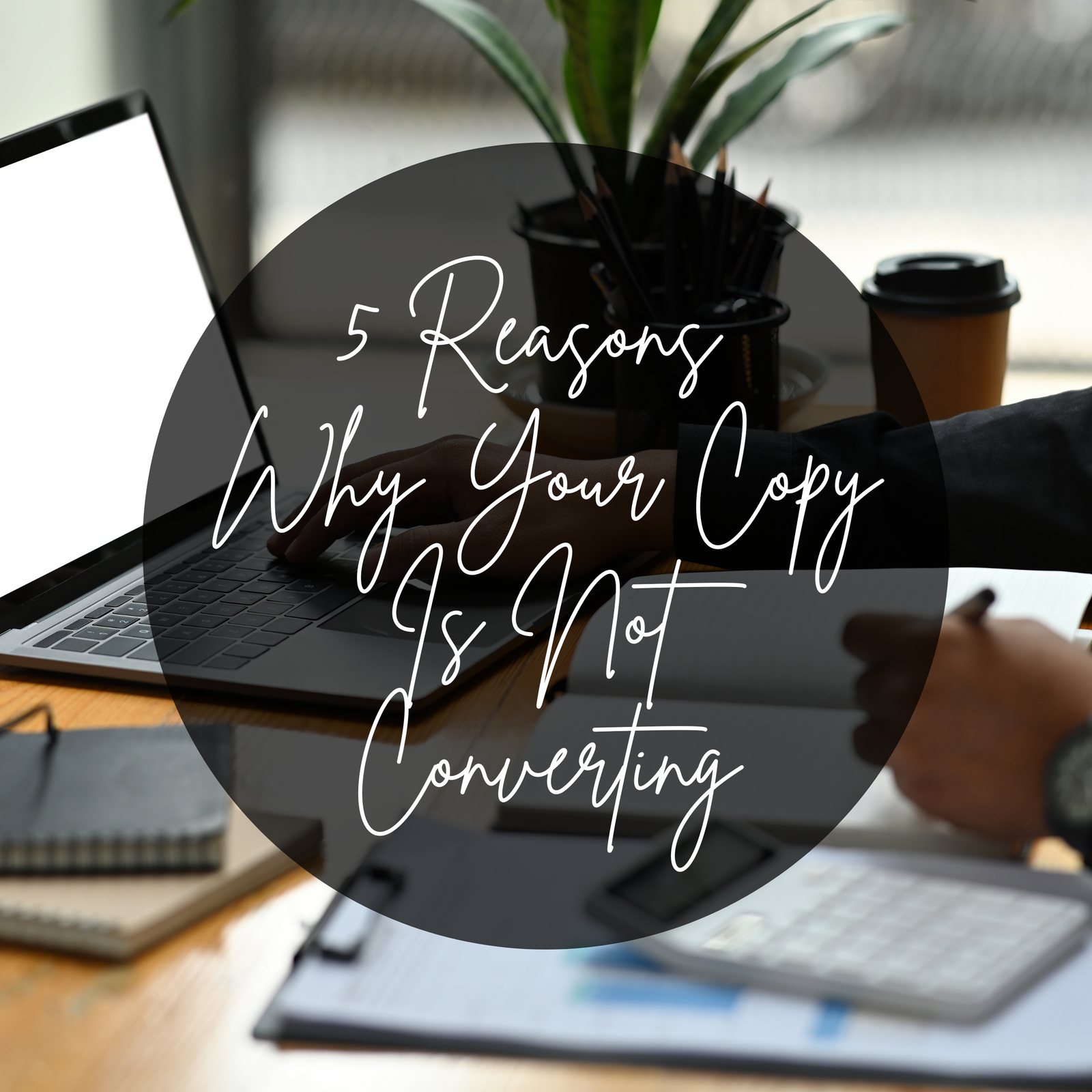In the world of marketing, creating persuasive and compelling copy is essential for converting prospects into customers.
However, despite your best efforts, you may find that your copy is not yielding the desired results. Low conversion rates can be frustrating, but understanding the reasons behind this issue is the first step toward improvement.
In this article, we will explore some common reasons why your copy might not be converting and provide actionable tips to help you boost your conversion rates.
Weak Value Proposition
One of the primary reasons for low conversion rates is a weak or unclear value proposition. Your copy must clearly communicate the unique value and benefits your product or service offers.
If your value proposition is vague, lacks specificity, or fails to address your target audience’s pain points, potential customers will be less likely to engage with your copy. Make sure your value proposition is clear, concise, and tailored to your target audience.
Actionable tip: Conduct market research to gain insights into your target audience’s needs and pain points. Refine your value proposition to highlight how your product or service solves their problems or fulfills their desires.
Lack of Emotional Appeal
Humans are emotional beings, and emotions play a significant role in the decision-making process. If your copy fails to evoke an emotional response, it may not resonate with your audience. People are more likely to convert when they feel a strong emotional connection with your brand or offering. Whether it’s through storytelling, appealing to desires, or addressing fears and concerns, your copy should tap into your audience’s emotions to create a compelling narrative.
Actionable tip: Incorporate emotionally resonant language, tell engaging stories, and use imagery that stirs emotions. Show your audience how your product or service can positively impact their lives.
Poor Clarity and Structure
Clarity is crucial in copywriting. If your message is convoluted or difficult to understand, potential customers will quickly lose interest. Ensure that your copy is concise, easy to read, and organized in a logical manner. Use headings, subheadings, and bullet points to break up the text and improve readability. Make it effortless for your audience to grasp the main points and take the desired action.
Actionable tip: Edit your copy ruthlessly. Remove unnecessary jargon, simplify complex concepts, and ensure each sentence serves a clear purpose. Use formatting techniques to enhance readability.
Lack of Social Proof
In an era of information overload, consumers often turn to social proof for reassurance before making a purchase. If your copy lacks social proof, such as testimonials, reviews, case studies, or endorsements, it may fail to build trust and credibility. Including evidence of satisfied customers and positive experiences can significantly increase your conversion rates.
Actionable tip: Incorporate testimonials, reviews, and case studies that highlight the positive experiences of your existing customers. Showcase any endorsements or partnerships with trusted brands or influencers to boost credibility.
Ineffective Call-to-Action (CTA)
A compelling call-to-action is vital for guiding your audience toward the desired action. If your CTA is weak, unclear, or buried within the copy, your conversion rates may suffer. Your CTA should be action-oriented, prominent, and aligned with your overall objective.
Actionable tip: Create a clear and concise CTA that stands out visually. Use action verbs to prompt your audience to take the desired action. Test different CTAs to identify the most effective one for your target audience.
Converting prospects into customers requires persuasive copy that engages, resonates, and motivates action. By addressing the common reasons why your copy may not be converting, such as a weak value proposition, lack of emotional appeal, poor clarity and structure, insufficient social proof, and ineffective CTAs, you can optimize.

